Languages of the British Isles throughout history
Today the British Isles have thirteen living native languages, of which two have been revived in the last 100 years: Cornish and Manx. There are the Celtic languages of Wales, Ireland, and Scotland, along with the Romance languages of the Channel Islands. Finally, there are the languages of the traveling communities of the British Isles.
West Germanic languages:
- English (59.6 million speakers)
- Scots (200 thousand of various dialects of Scots)
Celtic:
- Irish (95 thousand speakers)
- Welsh (611 thousand speakers)
- Scottish Gaelic (59 thousand speakers)
- Cornish (2 thousands of speakers)
- Manx (1,7 thousand speakers)
Norman:
- Guernesiais (1,3 thousand speakers)
- Sercquiais (15 of speakers)
Extinct languages of the British Isles: Welsh Romani, Auregnais, Romany, Norn, Pictish, Cumbric, Yola.
The map below, created by Reddit user CountZapolai, shows the languages of the British Isles throughout history.
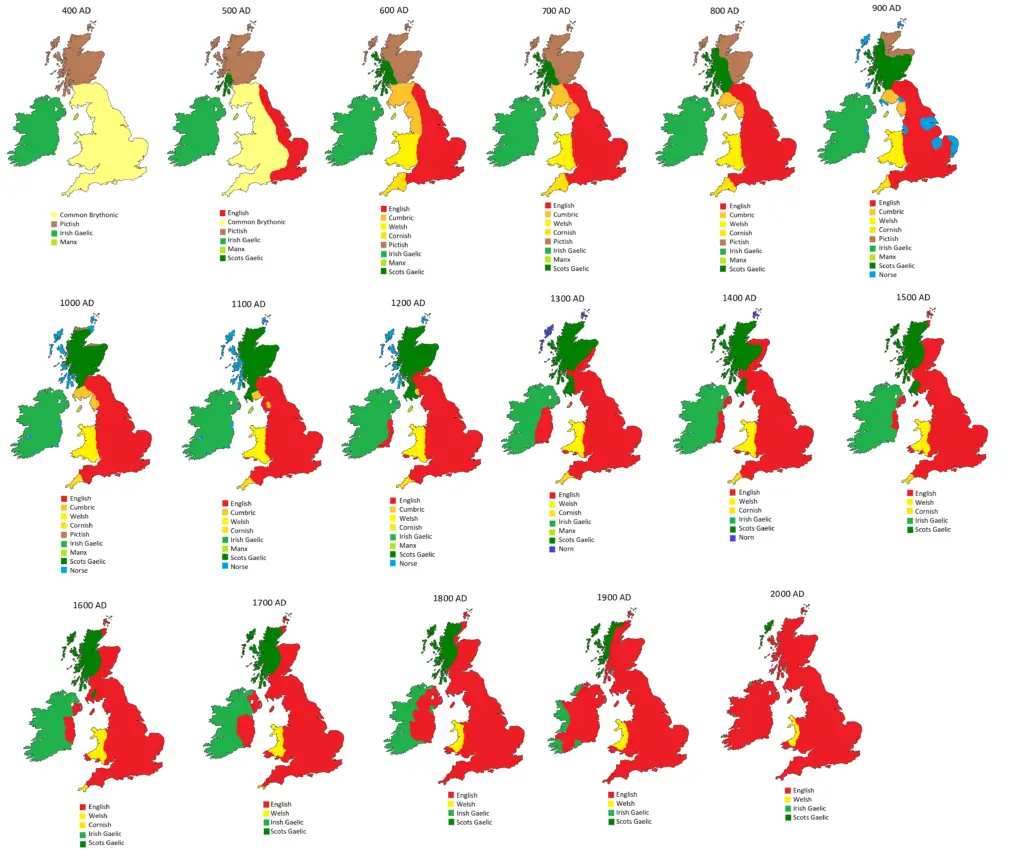
English is now the most widely spoken language in the British Isles, but it has not always been so.
D. Northrup states in his book How English Became the Global Language that, “In a sense, the English language is not indigenous to the British Isles. Over the better part of a millennium, waves of outside invaders displaced Britain’s indigenous Celtic speakers and introduced a new West Germanic language.” The languages of the Anglo-Saxon and Danish conquerors gradually morphed into Old English, a language best known from the early epic Beowulf, which is quite unintelligible to modern English speakers. French-speaking invaders from Normandy in 1066 prodded the transformation of Old English into Middle English, the language of The Canterbury Tales by Geoffrey Chaucer (c. 1343–1400), which modern readers find very tough slogging. Finally, various forces promoted the development of Modern English, in its early modern form the language of Shakespeare and the King James Bible, which most modern English speakers find familiar, if a bit quaint.
In the 18th century, English continued to evolve and solidify its dominance in the British Isles. This period saw significant standardization of the language, largely due to the influence of Samuel Johnson’s A Dictionary of the English Language published in 1755. Johnson’s dictionary was one of the first major attempts to standardize spelling and usage, helping to shape modern English.
The 18th century was also a time of expanding British influence and colonialism, which led to the spread of English around the globe. Domestically, the Industrial Revolution, beginning in the latter part of the century, brought about significant social and economic changes, further embedding English as the language of commerce, science, and industry.
Despite the dominance of English, regional dialects and languages remained strong, particularly in rural areas. In Wales, Ireland, and Scotland, Celtic languages like Welsh, Irish, and Scottish Gaelic were still widely spoken, especially in communities less affected by industrialization. However, the pressure to assimilate and the rise of English-language education began to erode these languages’ prevalence, setting the stage for the significant linguistic shifts of the 19th and 20th centuries.
The animated maps below illustrate how the linguistic landscape of the British Isles has changed.

Noteworthy Insights:
- Old English: Old English, spoken from roughly 450 to 1150 AD, was heavily influenced by Latin due to the Christianization of Britain, which introduced many Latin words.
- Norman Influence: The Norman Conquest of 1066 brought a significant number of French words into the English language, especially in areas like law, art, literature, and religion.
- Revival Efforts: The revival of Cornish and Manx is a testament to the resilience of cultural identity. Both languages have seen renewed interest and are now taught in schools.
- Language Shift: The transition from Middle English to Modern English was influenced by the Great Vowel Shift, a major change in the pronunciation of the English language that took place between 1400 and 1600.
If you’re interested in diving deeper into the history of the English language, we recommend the book The Adventure of English: The Biography of a Language. For those who don’t have a map of the British Isles, we suggest these high-quality options:

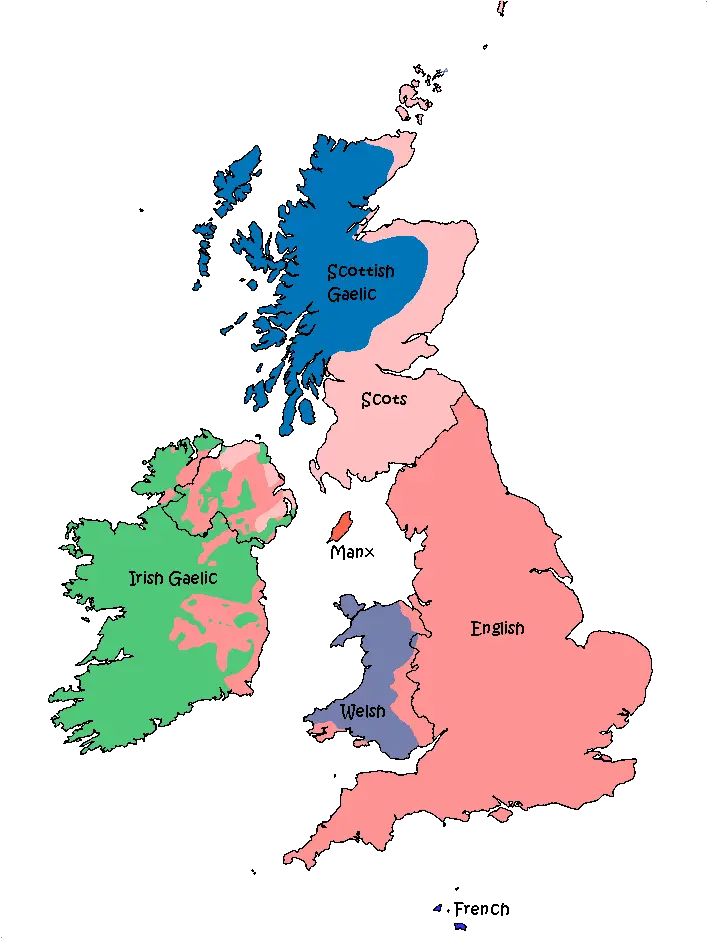
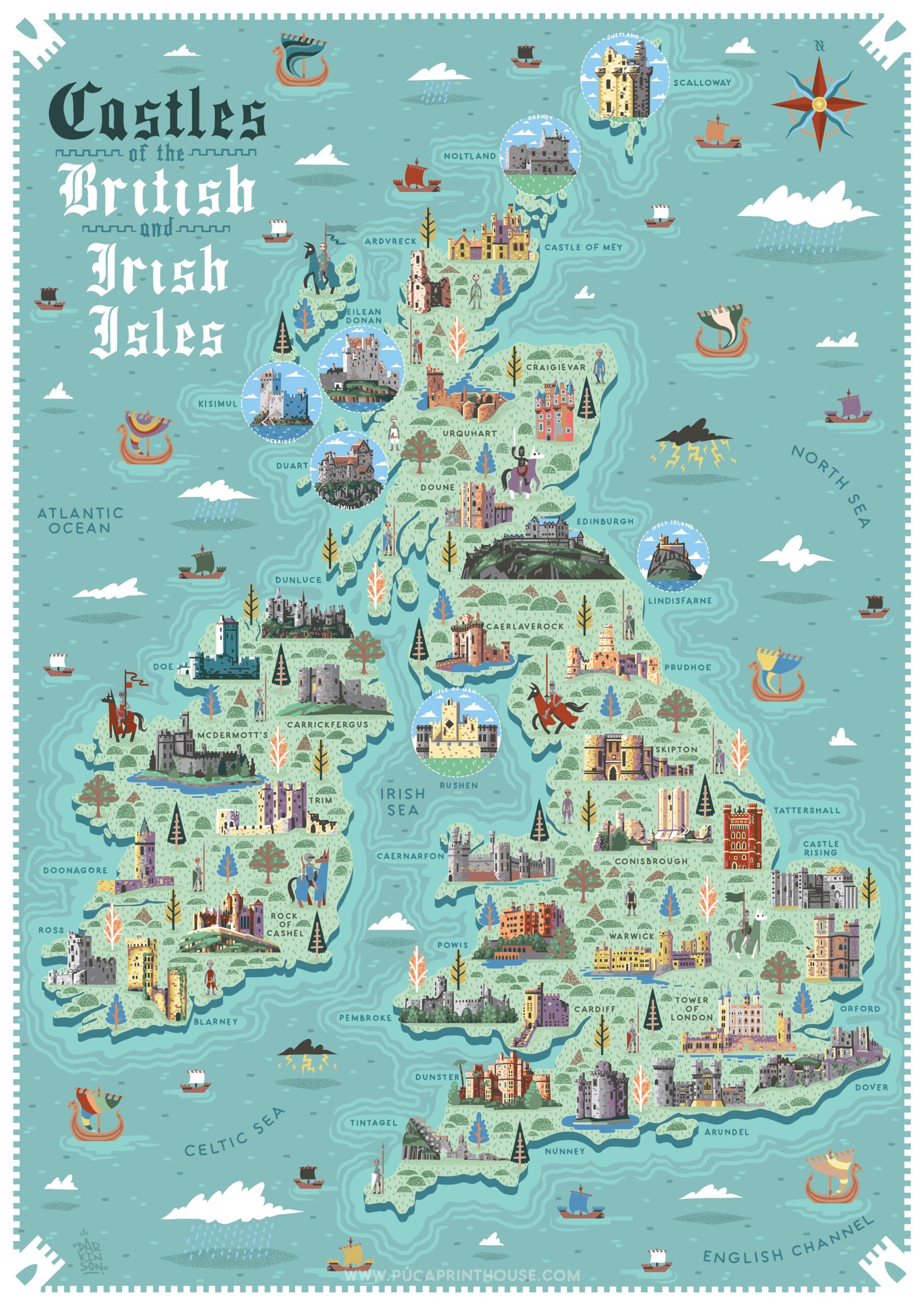
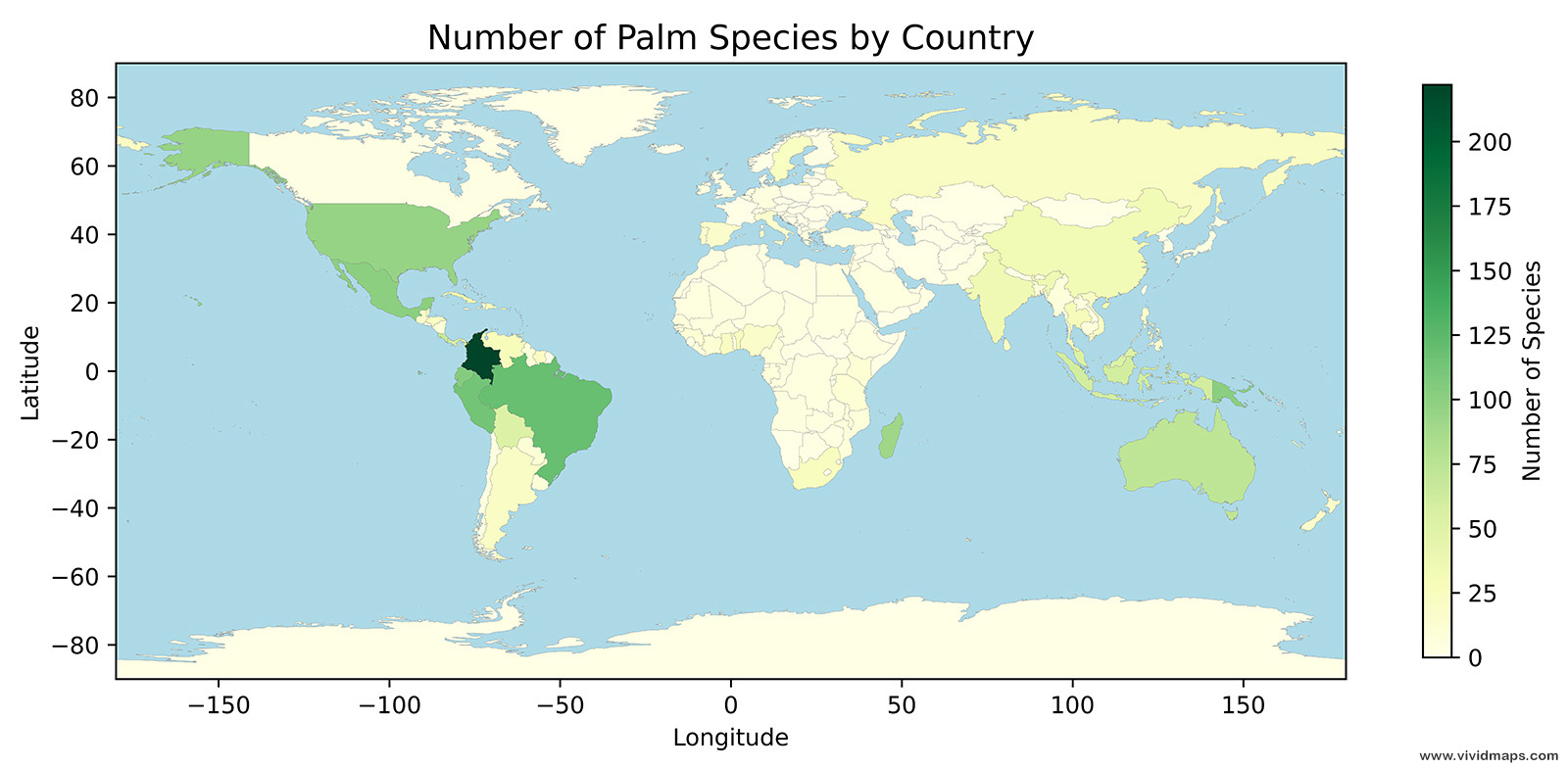
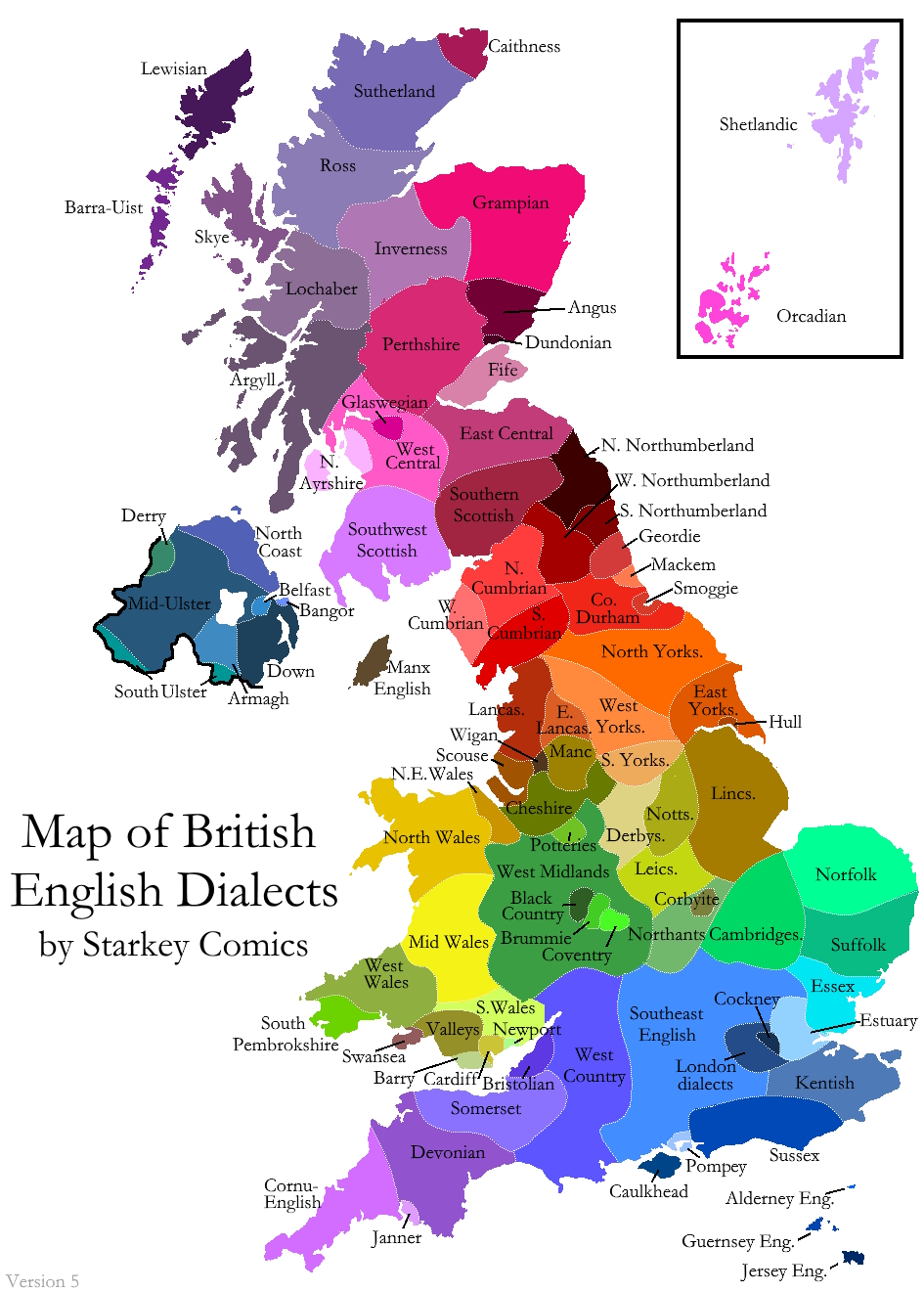

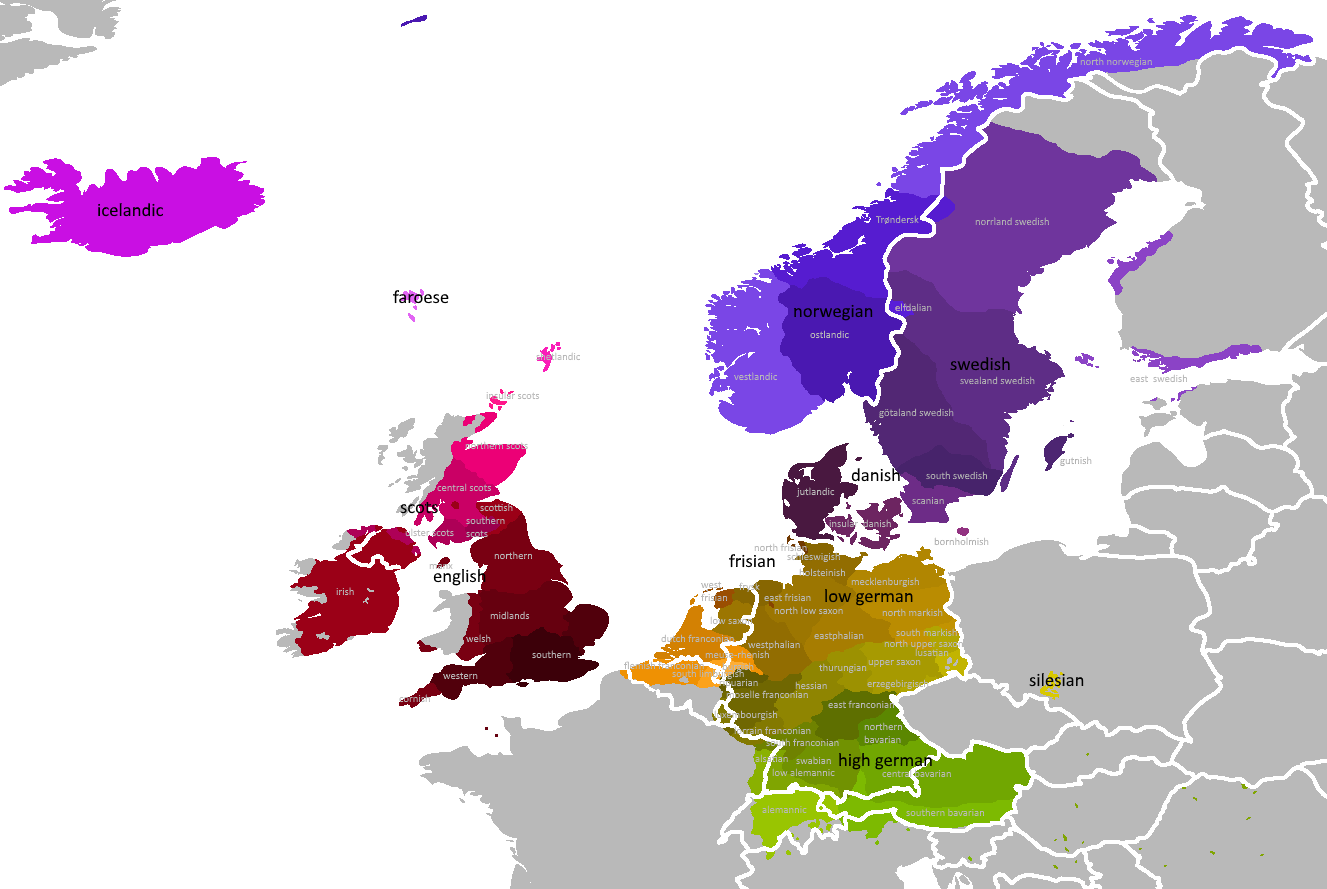
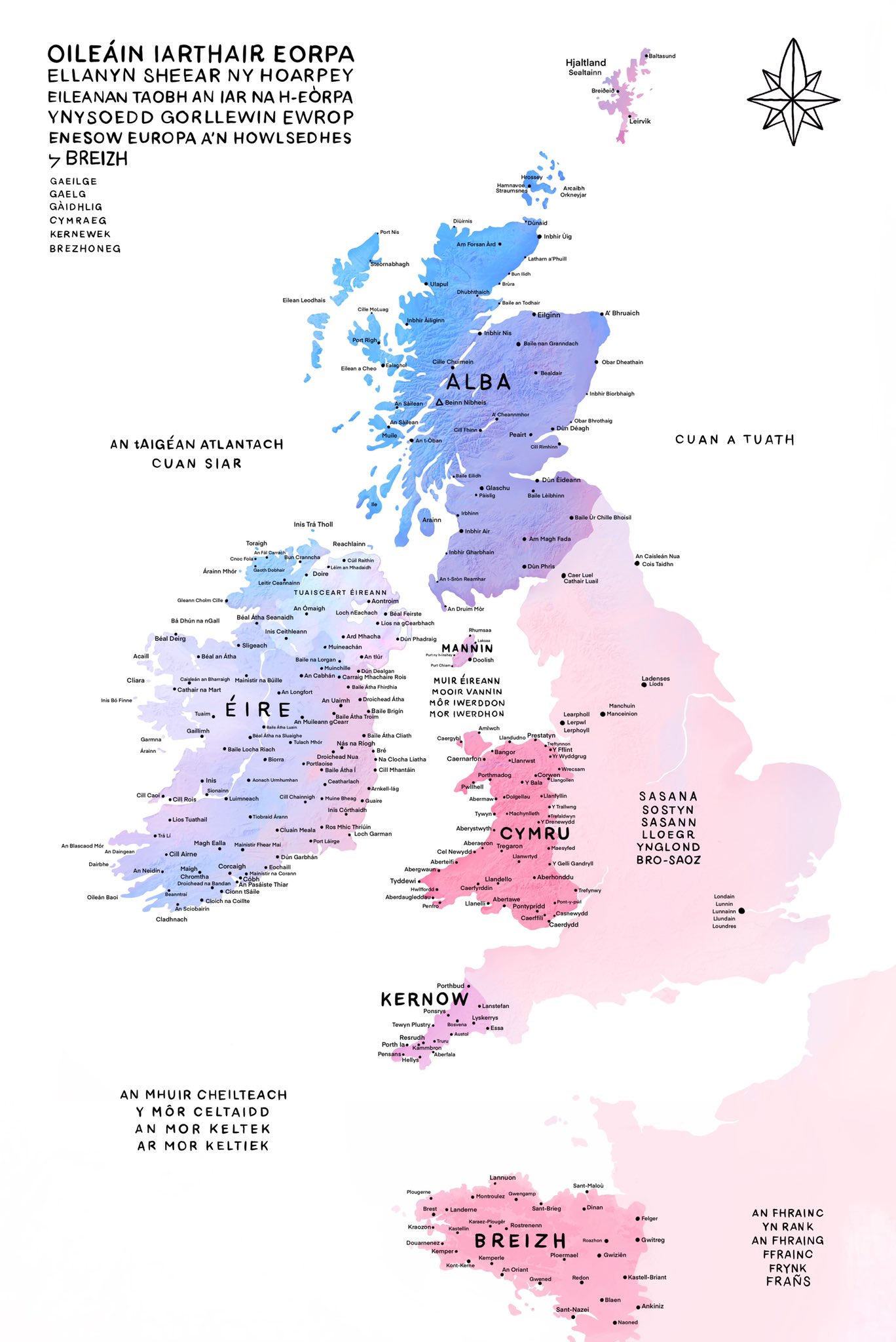
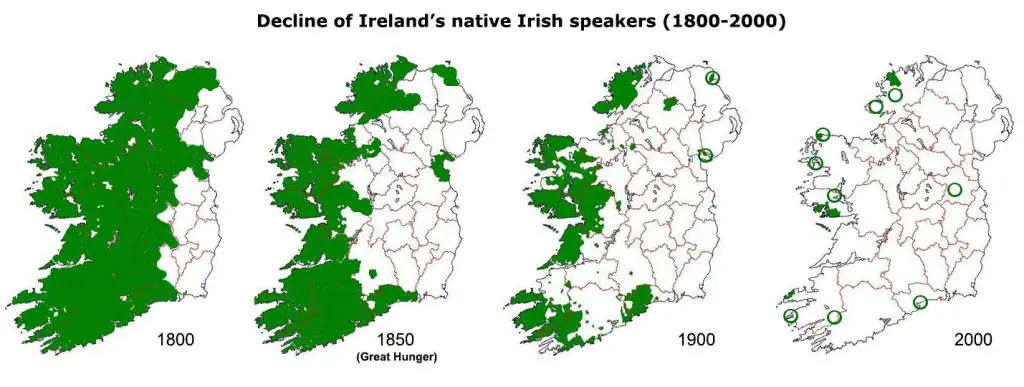
Sorry but the Irish that went to Scotland didn’t immediately start speaking Scottish Gaelic
And you could’ve used a welsh song in the intro & had Cymru Cymraeg visible if you used gaelige on the irish n scots
Thousands of years of Brythonic / Welsh and the information was a bit bare on Wales!
Was really enjoying the Irish & Scottish, the Welsh one felt like an add on (pray for kernow & the manx). The most successfulCeltic language shld’ve had a wee more Irish & Scots gaelige don’t hv ‘difficult to pronounce’ asWelsh has constant contact with english folk.